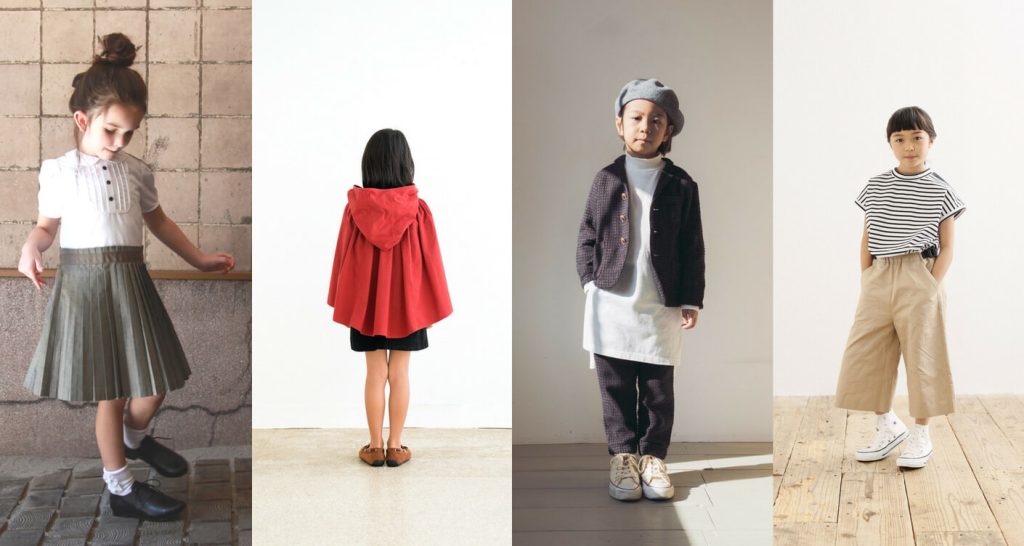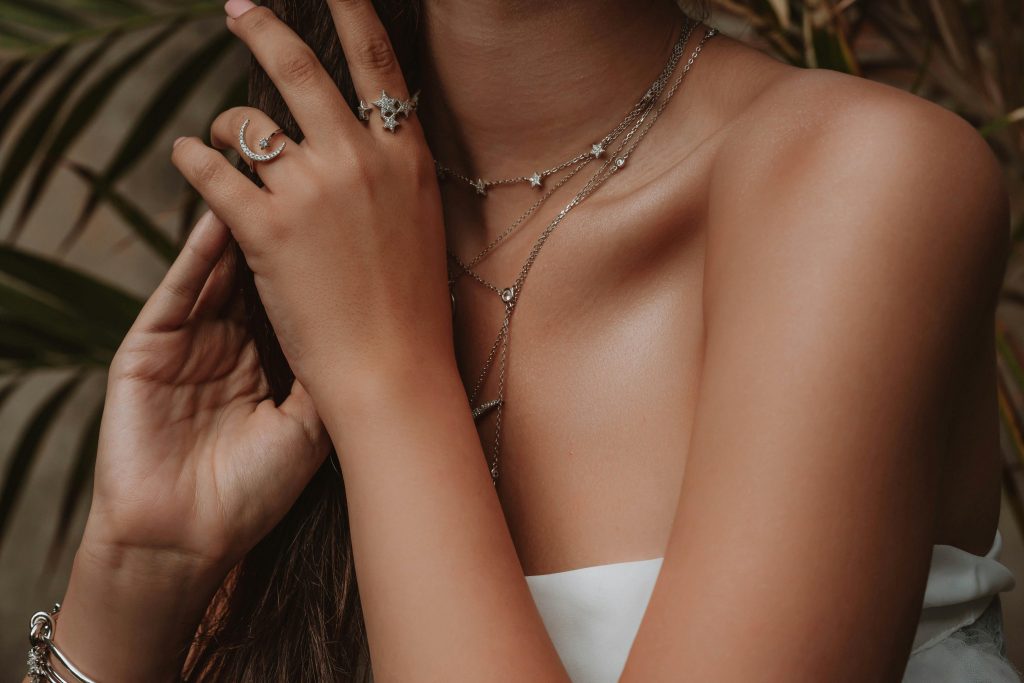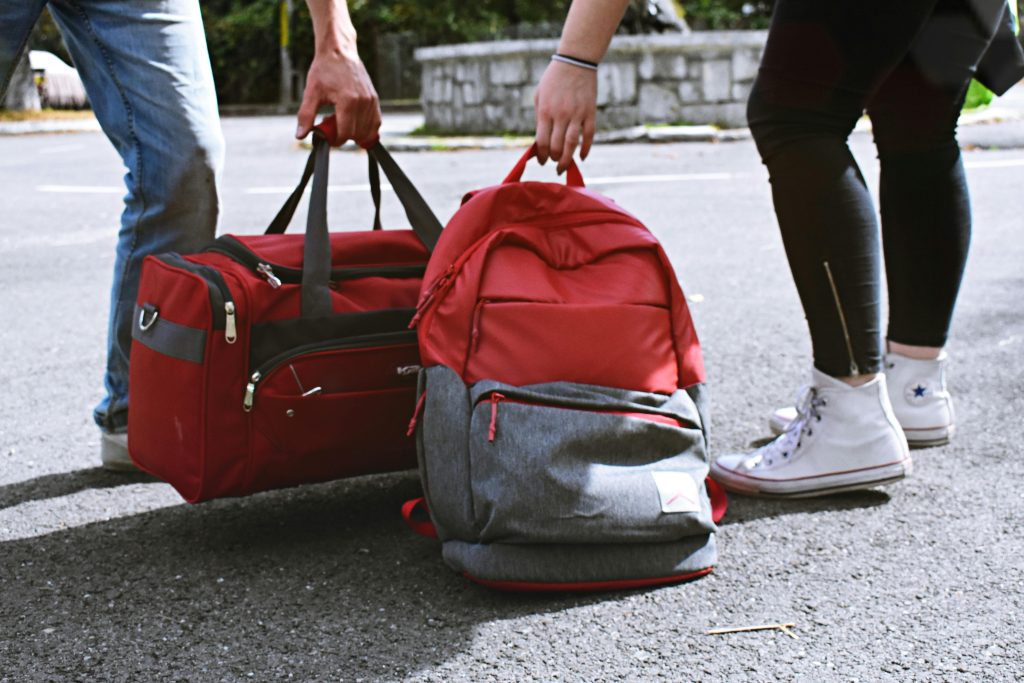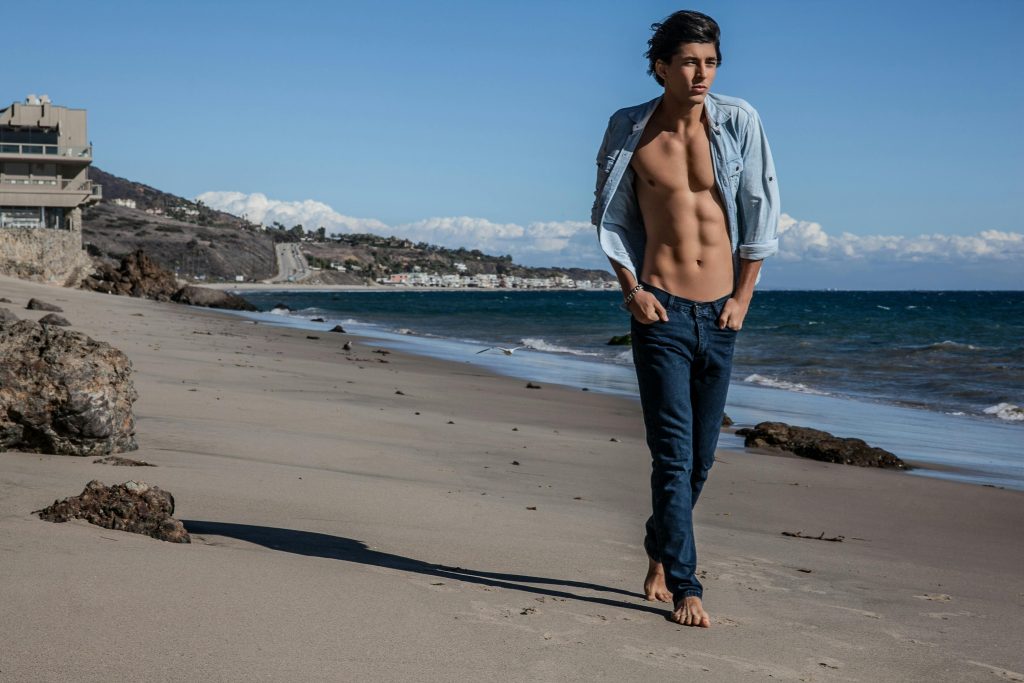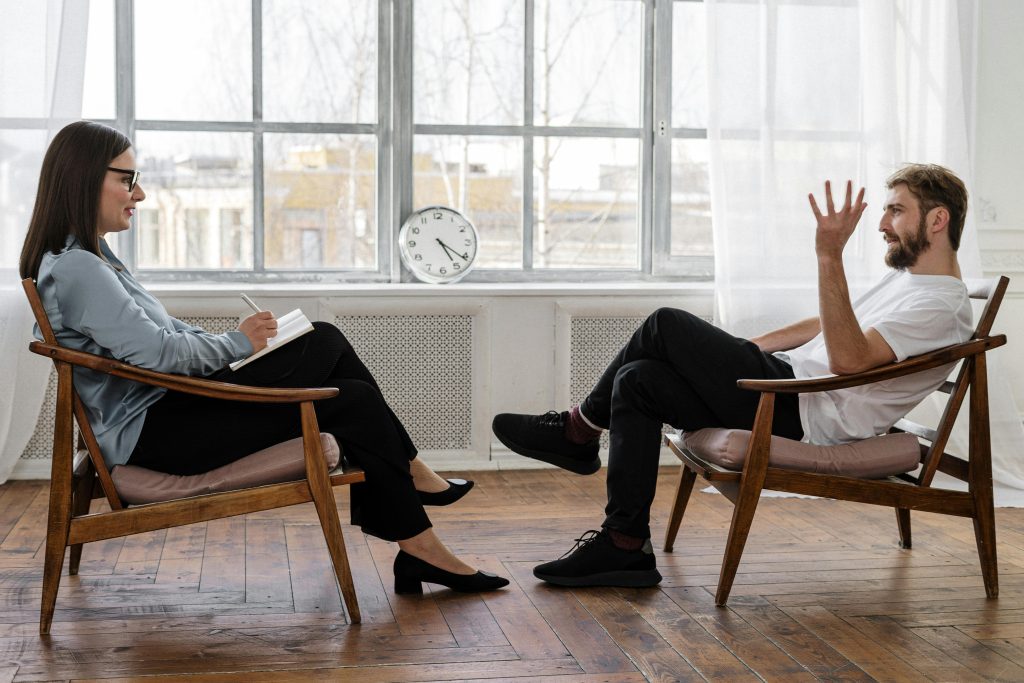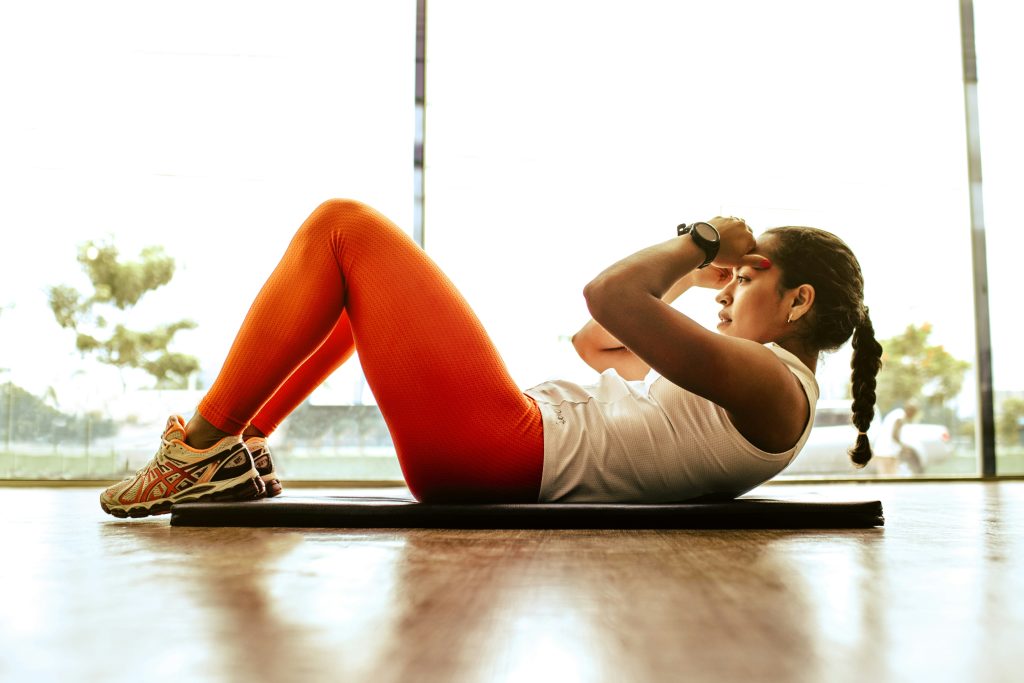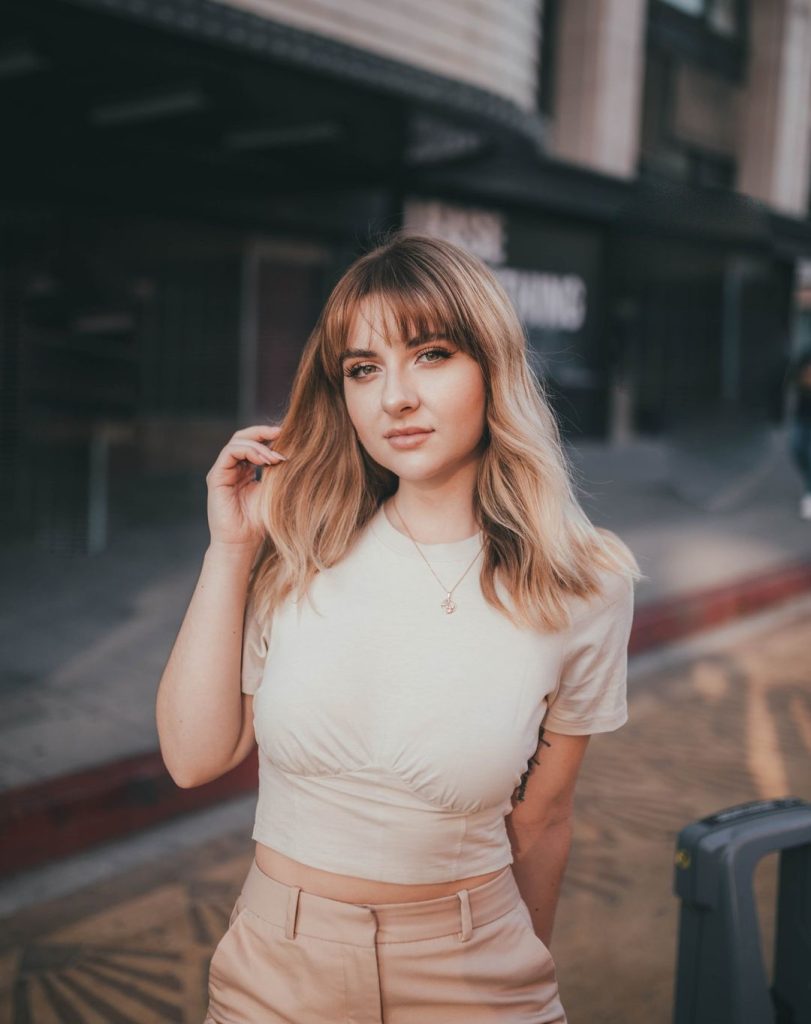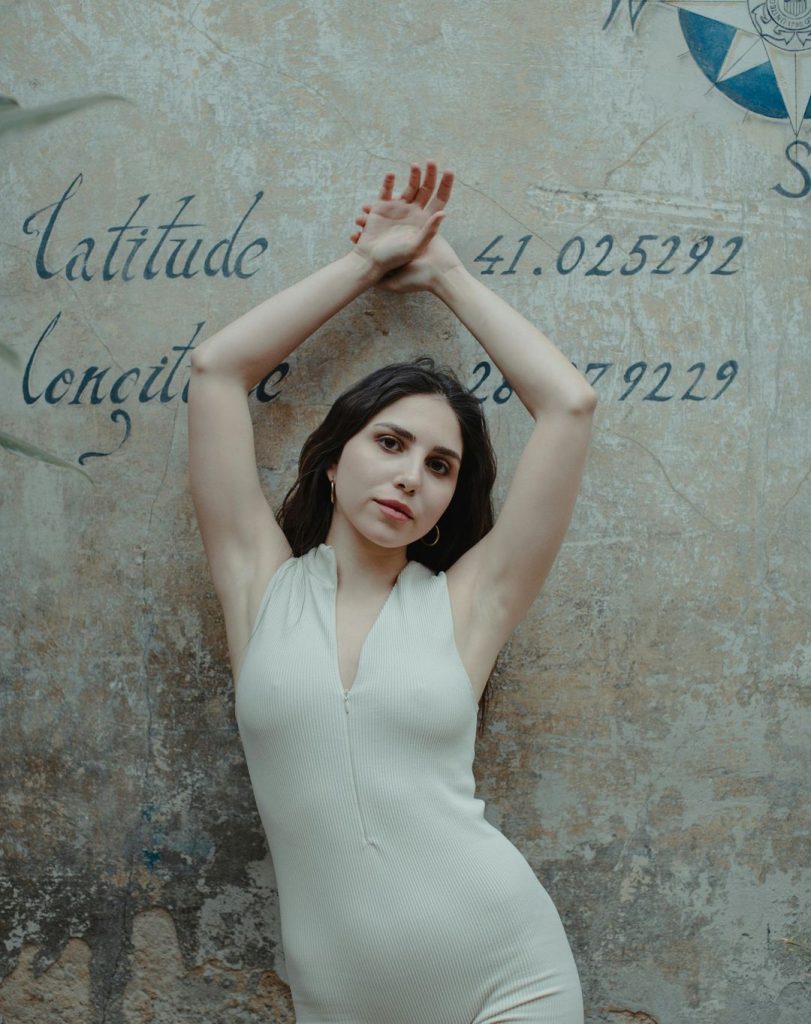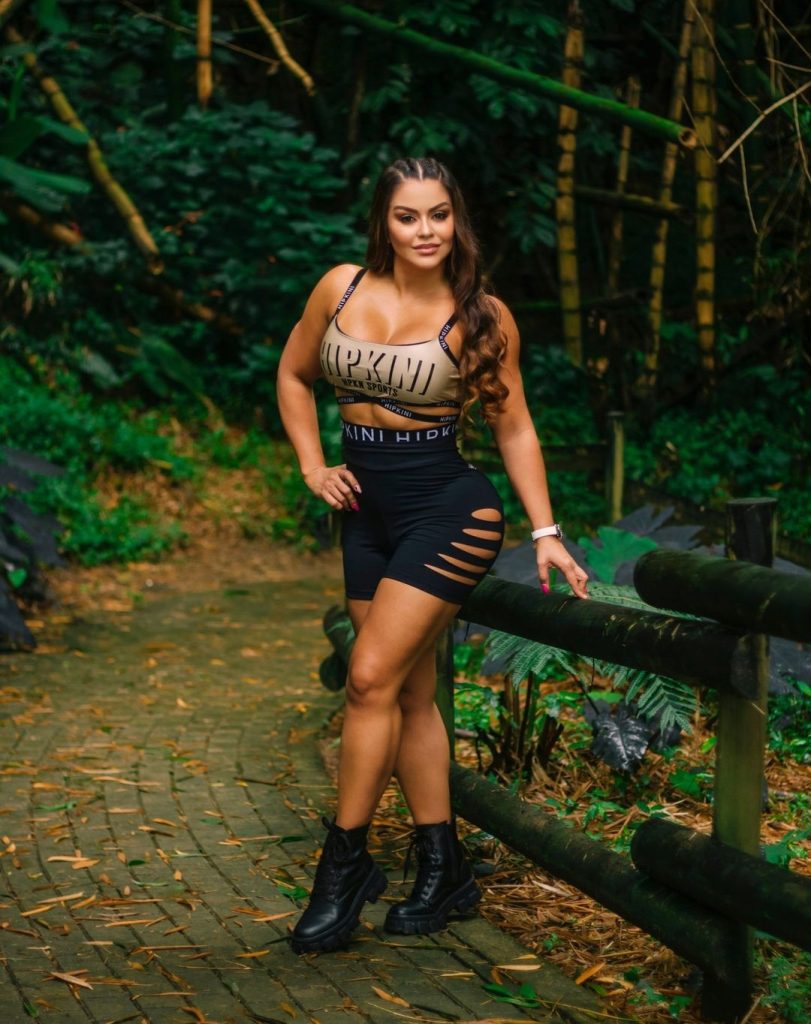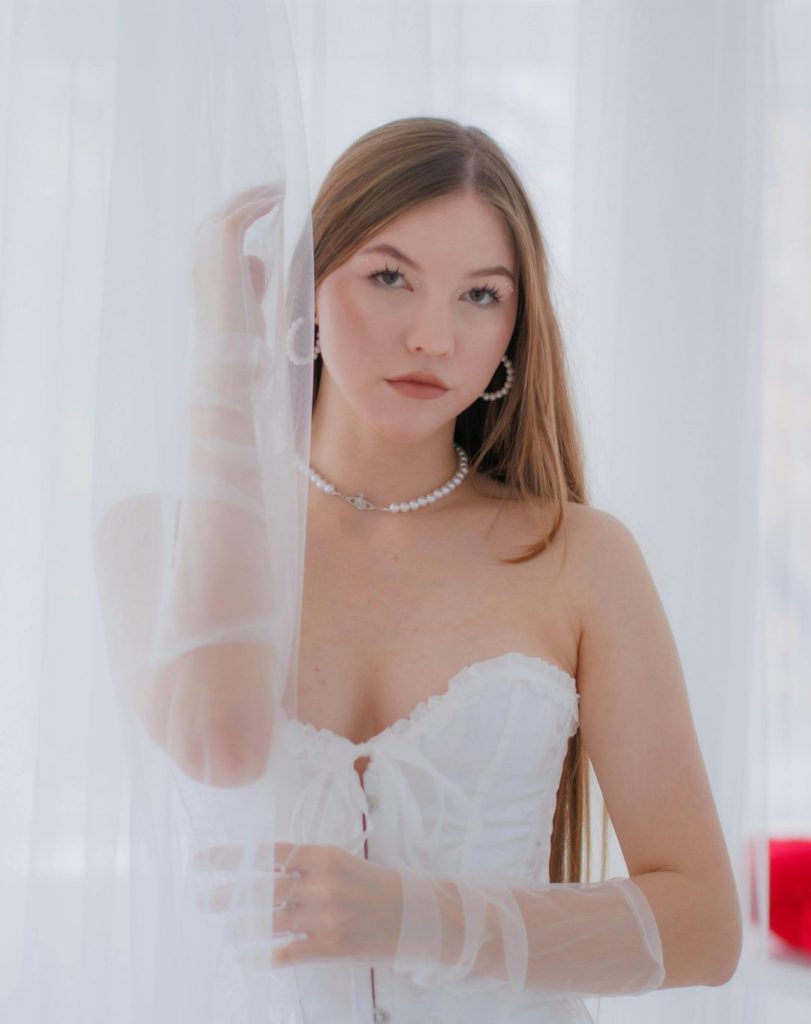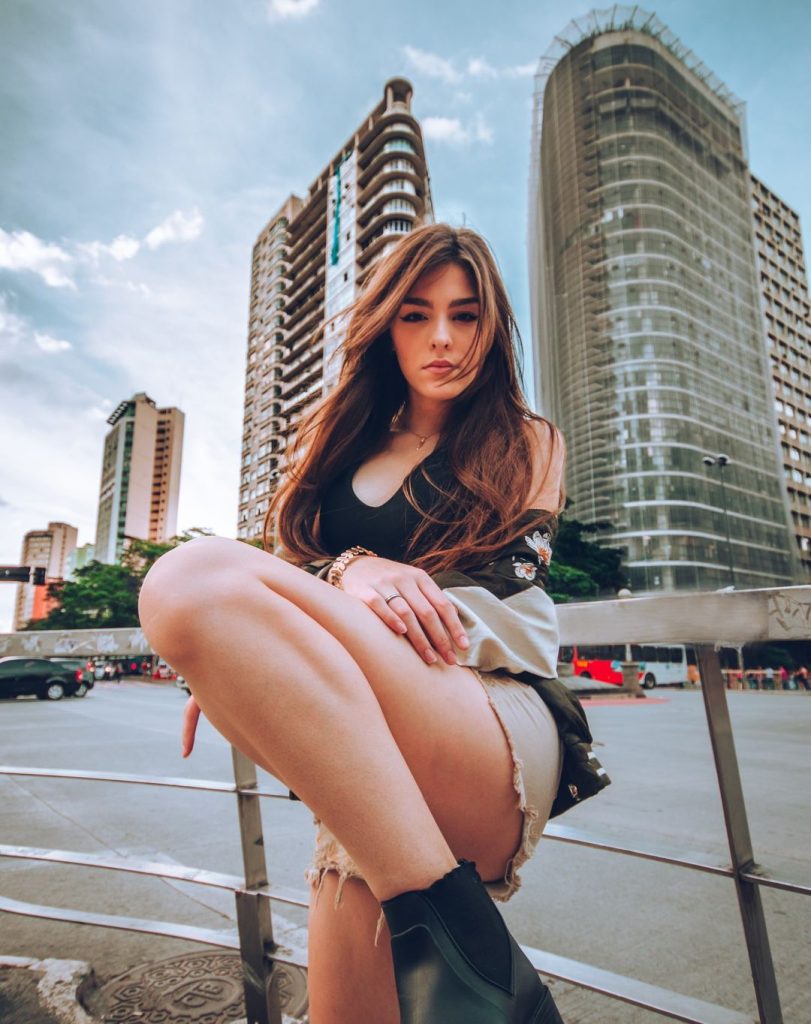Tokyo doesn’t ask for the spotlight—it just becomes it. While the rest of the world plays catch-up on trends, the kids wandering through Shibuya and Harajuku are already five steps ahead, wearing things that shouldn’t work but absolutely do. There’s no big announcement, no influencer push, no curated hype drops. Just people showing up on the street looking cooler than everyone else. And somehow, without even trying, they’ve become the quiet power source behind what men’s fashion is becoming everywhere else.
The West has its style moments, sure. But Tokyo’s been doing it different—and better—for decades. Now the rest of the world is finally noticing.
Effort That Doesn’t Look Like Effort
There’s something unbothered about Tokyo streetstyle. It’s not chasing clout or begging for attention. It’s confidence built on curiosity. A guy might be wearing a thrifted military jacket with frayed hems, perfectly stacked trousers, and loafers so worn they look like they have stories. Nothing matches, but somehow everything works.
What’s wild is how intentional it all feels, even when it’s not. Tokyo fashion leans hard into personal rhythm. It’s about playing with proportions, mixing textures, and breaking rules you didn’t know existed. Nothing feels too polished. Even luxury pieces get styled like they were grabbed last-minute from the back of a closet—and that’s the point. It’s anti-try-hard. It’s style that whispers instead of screams.
And the layering? Nobody does it like Tokyo. Coats over jackets over hoodies, wide-leg pants pooling over sneakers, tote bags swinging loose at the hip. It’s like people are dressing for a weather report you’ll never understand, and yet, somehow, you want in.
Influence That Moves Quietly but Hits Loud
Tokyo’s style scene isn’t about viral trends—it’s about ideas that sink in slow and then show up on runways three years later. Designers all over the world mine Tokyo for inspiration. They go to Daikanyama, peek at what the students are wearing outside Bunka Fashion College, and leave with a sketchbook full of next season’s looks.
The irony is, most of the people actually setting these trends don’t even know they’re doing it. They’re not fashion insiders. They’re skaters, baristas, design students, part-time DJs, anime nerds, and thrift gods. They buy stuff because it feels good, not because it fits a brand narrative. That’s the kind of authenticity you can’t fake.
And then there’s Harajuku. Still going, still wild. The styles have shifted from the hypercolor chaos of the 2000s into something subtler but no less bold. Think tactical cargo pants with cropped bomber jackets, silver jewelry layered over vintage tees, and hair that looks like it got cut in a basement but somehow works perfectly with the fit. It’s chaos, sure, but it’s curated chaos.
Where Weird Wins, Always
The best part about Tokyo fashion is that it’s not afraid to be weird. Actually, the weirdness is the point. While a lot of places play it safe—neutrals, clean lines, sensible sneakers—Tokyo goes straight for the offbeat. One guy’s in a full corduroy suit with sneakers that look like hiking boots from the future. Another’s in pajama pants and a velvet vest. Then there’s the guy in mesh, pearls, and what looks like an old sailor hat.
And yet, somehow, none of it feels like a costume. That’s the magic. There’s no apology in the way these fits come together. People dress with a kind of punk energy that doesn’t shout rebellion but lives it quietly. It’s the freedom to wear something that feels totally unhinged and own it like it’s completely normal.
That’s also where the energy crosses over into mainstream fashion. Brands see this bravery and try to bottle it. But the original always hits harder.
What Guys Everywhere Are Copying—Whether They Know It or Not
Look around and you’ll start to see the Tokyo influence seeping into closets everywhere. Cropped jackets, baggy pants, unexpected colors, all layered like you’re trying to pack for five different climates. And when it comes to graphic tees, there’s been a shift too—something louder, riskier, more fun. The kind of stuff you’d spot on a kid near Ura-Harajuku, layered under a technical jacket with a charm necklace and headphones too big to be ironic. Streetwear graphic tees still reign supreme—but the Tokyo versions are the ones people end up saving to their moodboards.
Even the way guys are approaching grooming is shifting. Hair’s messier, looser. Jewelry’s more playful. There’s less of that stiff, try-hard masculinity and more fluidity, more room to just be. That kind of style freedom didn’t just appear out of nowhere—it’s been echoing off the streets of Tokyo for years.
The Outerwear Game Is on Another Planet
Then there’s the jackets. God, the jackets. This is where Tokyo goes full galaxy-brain. Oversized trenches with boxy shoulders, cropped flight jackets with raw edges, puffer vests worn under wool coats like some kind of fashion experiment gone right. The city breathes new life into what we think men’s outerwear is supposed to be. You can walk into any vintage shop in Koenji and find something that looks like it was made in 2040.
But it’s not about labels—it’s about silhouette, balance, play. Japanese style doesn’t just throw things on; it builds a shape. A tall collar here, an asymmetrical zip there. You get structure without stiffness, softness without slouch. It’s more architectural than you’d expect, but always with soul.
Where It’s All Headed
Japanese streetstyle isn’t trending—it’s setting the tone. It’s not about what’s hot this month; it’s about how guys are thinking differently about clothes altogether. Less performative, more personal. Less fast fashion, more slow, weird layering. It’s not a look—it’s a feeling.
The wildest part? The people creating this movement aren’t trying to lead anything. They’re just showing up, living their lives, and dressing how they want. But that’s how you know it’s real. It’s not curated—it’s culture. And the world’s finally starting to catch on.
So if you’re wondering where style’s going next, don’t look at the runways. Look at a rainy street corner in Shibuya. Someone’s standing there, probably in a secondhand blazer, cargo pants, and a pair of sneakers you’ve never seen before. He’s not looking at you. He’s not trying to be seen. And that’s exactly why you can’t stop looking.


